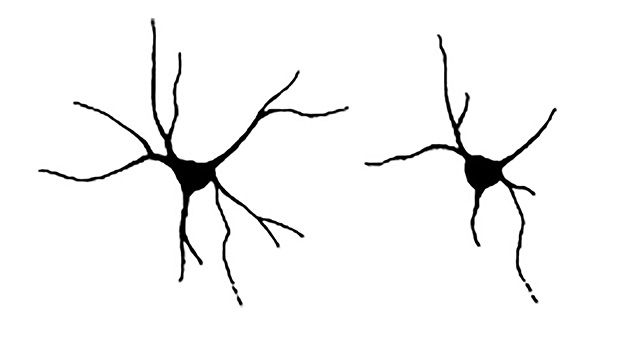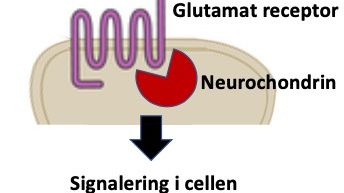
Press release -
Mutations in the neurochondrin gene linked to epilepsy
Mutations in the neurochondrin (NCDN) gene can cause epilepsy, neurodevelopmental delay and intellectual disability. The gene mutation significantly impairs contacts and signalling between neurons in the brain. This is the conclusion of a study led from Uppsala University and published in the American Journal of Human Genetics.
peer-reviewed/experimental and observational/people and cells
“The mutation may provide an additional explanation as to why people suffer from these conditions, making it easier to diagnose affected individuals. These are common ailments that are often diagnosed in preschool-age children. They raise concerns and questions among the parents of the affected children: Is this due to something going wrong during pregnancy, childbirth or infancy? Was there something wrong with our germ cells and is it hereditary? The mutations we have identified sometimes arise in individual germ cells prior to conception itself. It is then a matter of chance that they happen upon the neurochondrin gene to produce these effects,” says Niklas Dahl, senior consultant and professor of clinical genetics at Uppsala University’s Department of Immunology, Genetics and Pathology.
The study, which was led from Uppsala University, began by analysing a worldwide database of genetic analyses of entire genomes. Researchers and physicians from around the world report genome abnormalities that they come across in patients or while conducting research, making it possible to see if any similar cases have been reported anywhere in the world. In Uppsala, researchers initially identified three cases of mutation in the NCDN gene.
In the study, researchers identified a further three children from different continents suffering from mutations in the same gene. Half of the children had inherited the mutation (this requires that both parents have a predisposition), while in half the mutation had arisen in single germ cells.
The researchers have studied what the mutation does. The brain contains thousands of complex networks of neurons. Each neuron has many outgrowths, branched projections that receive impulses from other neurons and transfer information. In the study, researchers demonstrate that neurons with the NCDN mutation have fewer and shorter outgrowths than neurons without the mutation (Figure 1). The mutation prevents the neuron from developing enough outgrowths to reach the other neurons it needs to communicate with. Put simply, the number of channels of communication between the neurons decreases. NCDN also helps to transmit signals from glutamate neurotransmitters between neurons (Figure 2). Glutamate receptor signalling is impaired in children with the mutation, something that causes a number of problems during the brain’s development that can lead to neurodevelopmental delay, mild to severe intellectual disability and epilepsy.
“We have provided one piece of the puzzle of early brain development and normal brain function. The majority of patients with neurochondrin mutations can be diagnosed before they reach two years of age. If, even before that, we are able to assist the transmission of glutamate signals, we may be able to ameliorate the development of, for example, epilepsy in individual cases. Given what we now know, we can also attempt to stimulate the formation of certain neural outgrowths in neurons.”
Dahl, Niklas et al.: Mono-allelic and Bi-allelic Variants in NCDN Cause Neurodevelopmental Delay, Intellectual Disability and Epilepsy , The American Journal of Human Genetics, DOI: 10.1016/j.ajhg.2021.02.015 , https://www.cell.com/ajhg/fulltext/S0002-9297(21)00057-4
For further information:
Niklas Dahl, senior consultant and professor of clinical genetics at Uppsala University’s Department of Immunology, Genetics and Pathology and SciLifeLab, e-mail: niklas.dahl@igp.uu.se, telephone: +46 (0)70 545 99 24
The study has been funded with grants from, among others, the Swedish Research Council and Hjärnfonden.
Topics
Uppsala University
The first University in Sweden. Quality, knowledge, and creativity since 1477. Education and research of the highest quality and relevance to society, business, and culture. Uppsala University is ranked among the world’s top higher education institutions. www.uu.se

